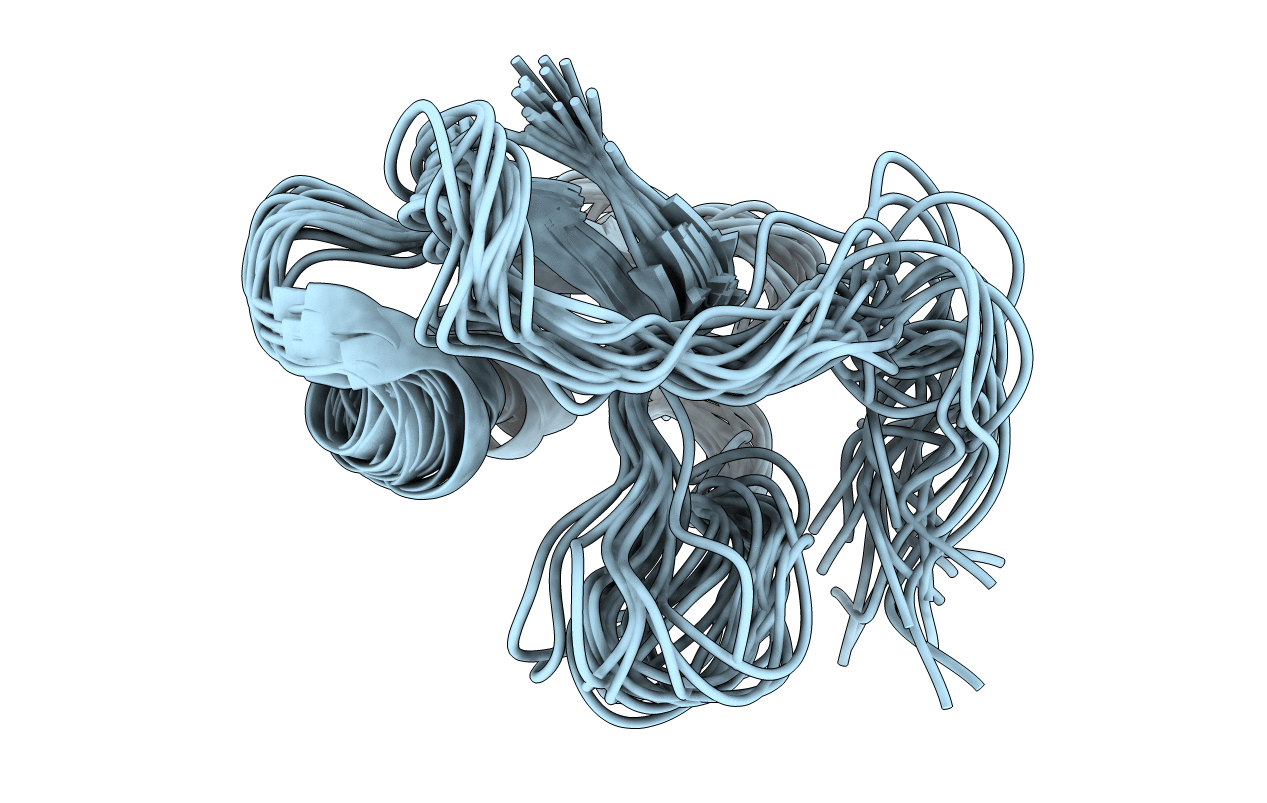
Deposition Date
2011-08-24
Release Date
2012-02-15
Last Version Date
2024-10-09
Method Details:
Experimental Method:
Conformers Calculated:
200
Conformers Submitted:
20
Selection Criteria:
20 structures for lowest energy and no violations


